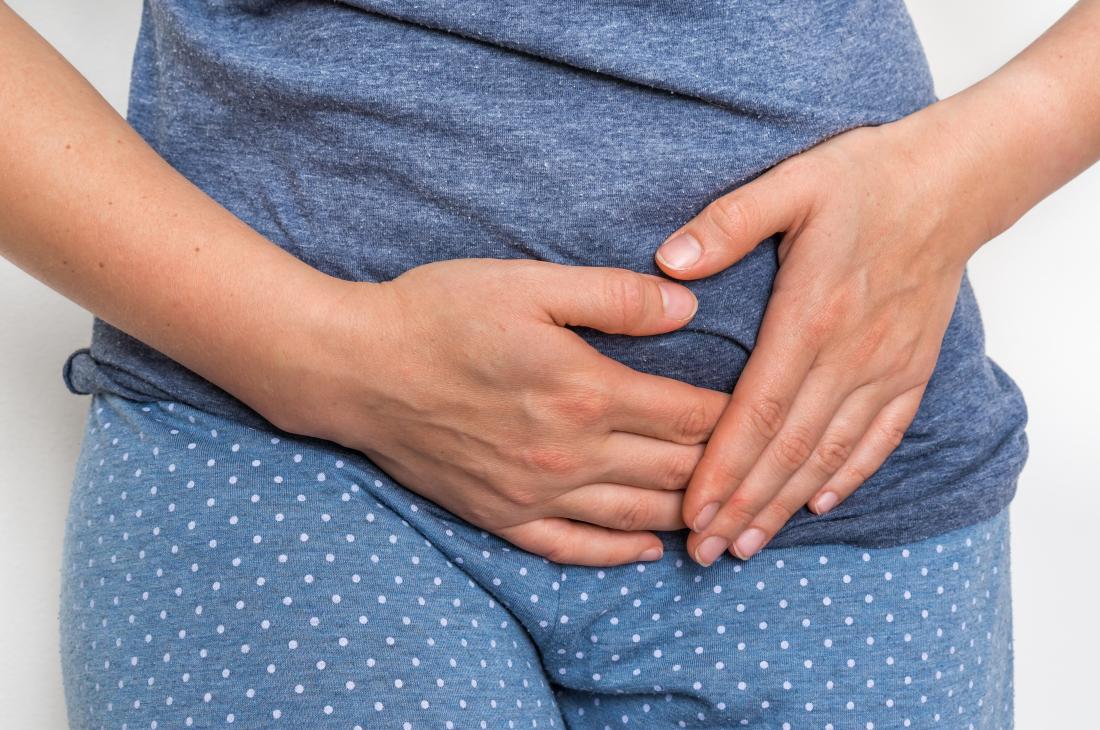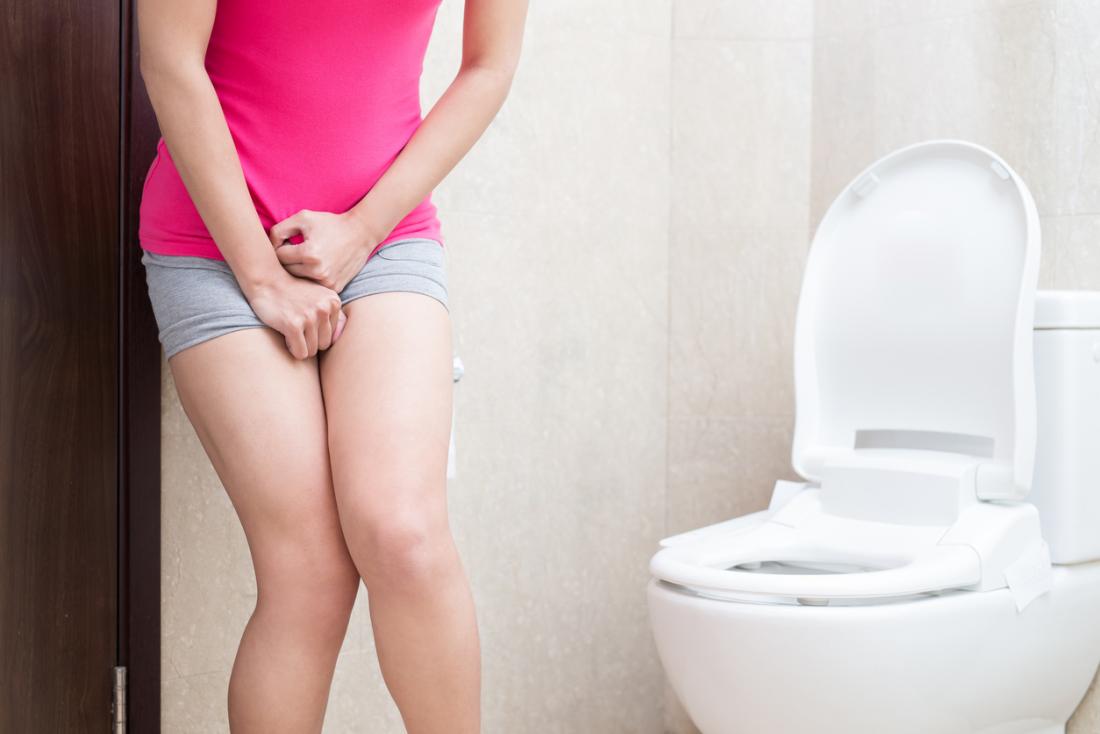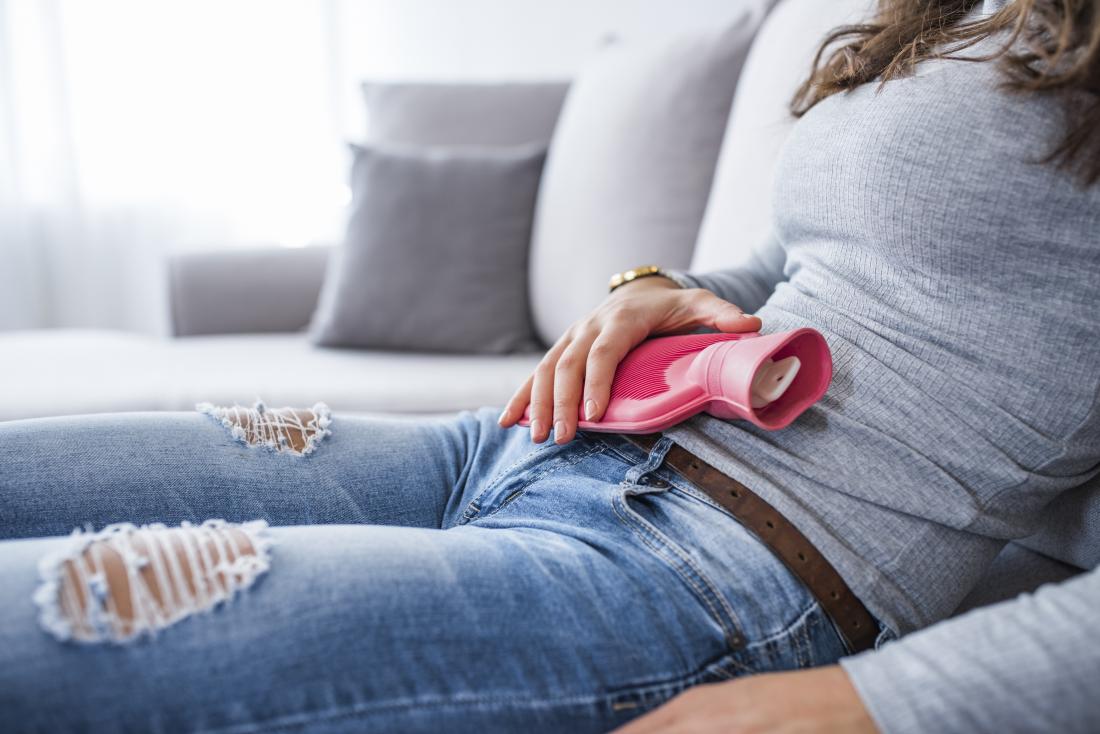Ovulation occurs when a follicle in an ovary ruptures, releasing an egg. The egg eventually travels down the fallopian tubes to the uterus.
Most researchers think mittelschmertz pain is due to the swelling or rupturing of the follicle. The pain can last anything from a few hours to a few days.
A 2013 study of 55 women found that 35 percent felt pain in the middle of their cycle, with 16.6 percent of them experiencing pain on one side of the body.
Doctors do not know why some people experience ovulation pain, and some do not, but there is no evidence that it is a sign of a serious problem.
Symptoms of ovulation pain

Ovulation pain can cause sharp pains on one side of the pelvis.
Pelvic pain is common. A 2014 review of previous research found that between 5.7 and 26.6 percent of women worldwide have chronic pelvic pain.
It can be hard to tell the difference between ovulation pain and other types of pain, especially if people do not track their menstrual cycles or know when ovulation is happening.
Some symptoms of ovulation pain include:
- sudden pain, not pain that gets worse over several days or hours
- pain that appears in the middle of a cycle
- pain on only one side of the body
The pain may be sharp or dull. It may feel like a stabbing sensation or cramp. Mittelschmerz is not typically severe enough to cause alarm. The pain usually occurs on its own; if it happens alongside other symptoms, however, it probably has another cause.
Signs that the pain might be due to something other than ovulation include:
- pain on both sides of the body
- pain that gets steadily worse
- pain that lasts several days
- pain with vaginal bleeding
- pain following an injury
- swelling or bloating
- vomiting, nausea, or diarrhea
- painful urination
Other causes of pelvic pain
Many other conditions can cause pelvic pain, including pelvic pain around the time ovulation. Some of the most common causes include:
Pelvic relaxation syndromes
Pelvic relaxation syndromes, which are common in those who have given birth and in older women, happen when muscles in the pelvis weaken. They cause chronic pain that may also result in back or stomach pain.
Urinary disorders
A urinary tract infection can affect the urethra, bladder, or kidneys. It can make urination very painful, cause blood in the urine, and also cause fevers and back pain.
Pain in the lower stomach, especially if the pain occurs with urinary pain, may mean there is a urinary tract infection.
Endometriosis
Endometriosis is a condition that causes the tissue that lines the uterus to occur in other areas of the body. It causes chronic pelvic pain at the place where the endometrial tissue has developed.
Many people with endometriosis experience intense menstrual cramps or very heavy periods. Others have pain throughout their cycle or very irregular periods.
Menstrual cramps
Cramping right before or during a period is not ovulation pain.
Many women experience menstrual cramps. If the pain is mild and does not interfere with daily tasks, there is probably no need for concern and treatment is not usually necessary.
However, intense pain or pain that has gotten steadily worse with each period requires the attention of a doctor.
Constipation
Constipation can cause a range of painful or unusual sensations in the stomach or pelvis.
A person who has not had a bowel movement in several days, or who has strained to have a bowel movement, may have constipation.
Chronic constipation may also be a sign of an underlying medical condition.
Appendicitis
Appendicitis occurs when the appendix becomes infected. It can be very dangerous without treatment. The pain usually starts in the middle of the stomach and may come and go. Typically, the pain travels to the lower right side of the abdomen over several hours and becomes very intense.
Anyone who suspects they may have appendicitis should see a doctor immediately.
Ectopic pregnancy
An ectopic pregnancy occurs when a fertilized egg implants somewhere other than the uterus.
An ectopic pregnancy cannot continue. If a doctor does not remove the fertilized egg, the fallopian tube could rupture, which may have a severe impact on fertility or even be fatal.
Pain on one side of the body late in the cycle, especially if a period is late, could be a sign of an ectopic pregnancy. If the pain gets worse over several days or fever develops, see a doctor immediately.
Ruptured ovarian cyst or ovarian torsion
Most ovarian cysts go away on their own. Sometimes, however, they rupture or damage the ovary.
An ovarian torsion happens when the ovary twists around the fallopian tube. It can cause dangerous bleeding and possibly cause the ovary to die.
A ruptured ovarian cyst or ovarian torsion is a medical emergency. The pain is intense and unrelenting and can happen at any time during the menstrual cycle.
Gastrointestinal problems

Gastrointestinal problems or urinary tract infections can cause stomach pains.
Sometimes, it can be difficult to tell the difference between stomach and pelvic pain.
Many stomach and intestinal problems can cause pain, including pain on one side of the body. Problems with the pancreas or liver often cause pain in the upper right stomach.
Other gastrointestinal problems, such as diverticulitis, an infection, or another serious problem with the intestines, can also cause stomach pain.
Many people also develop other symptoms alongside pain, such as:
- diarrhea
- constipation
- bloating
- changes in the color of the stool
When to see a doctor
See a doctor for ovulation or pelvic pain if:
- the pain is intense, interferes with daily functioning, or has gotten worse over time
- the pain occurs at a time other than the middle of the cycle or lasts for several days
- the pain occurs alongside heavy bleeding
- there are other symptoms present, such as painful urination or fever
Go to the emergency room if:
- the pain is unbearable
- the pain occurs in a woman who is pregnant or who might be pregnant
- the pain results from a blow to the stomach, sexual assault, or other potential injuries to the pelvic organs
Home remedies

Applying heat for short periods of time may help relieve ovulation pain.
Ovulation pain is usually mild and does not require treatment. Those who find the pain too intense can try one of the following home remedies:
- Taking a non-steroidal anti-inflammatory drug (NSAID), such as ibuprofen, at the first sign of ovulation pain. Women who chart their cycles may be able to predict the day of ovulation and might consider taking an NSAID before the pain begins.
- Stretching. Gentle stretches can help relieve muscle tension that may intensify the pain.
- Applying a hot pack to the area for 20 minutes at a time.
These mild remedies are suitable for people who do not have any health issues or concerns. Anyone in any doubt that their pain is not due to mittelschmerz should talk to a doctor.
Takeaway
Ovulation pain is common and not a sign of any specific problem. Many people are not sure when they ovulate, making it easy to confuse mittelschmerz with other types of pain.
A visit to a doctor can help with diagnosing the cause, in addition to offering reassurance to those with concerns that ovulation pain might signal a serious problem.

